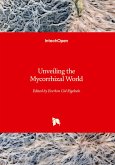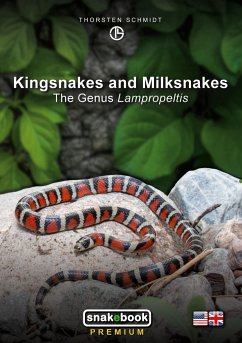The Kermes oak, like all plants, is adorned with a thin, waxy layer on its leaves and stems - the cuticular wax. This waxy film, primarily composed of long-chain aliphatic hydrocarbons, alcohols, and esters, acts as the plant's first line of defense against water loss. These waxy molecules, tightly packed together, form a hydrophobic (water-repellent) barrier, hindering the evaporation of precious water from the plant's interior.The composition of cuticular wax varies between plant species and even within different parts of the same plant. In the case of the Kermes oak, the waxy layer is particularly rich in alkanes, long-chain hydrocarbons with excellent water-repellent properties. Additionally, the presence of specific functional groups, like esters, further enhances the waxy layer's effectiveness.
Bitte wählen Sie Ihr Anliegen aus.
Rechnungen
Retourenschein anfordern
Bestellstatus
Storno









